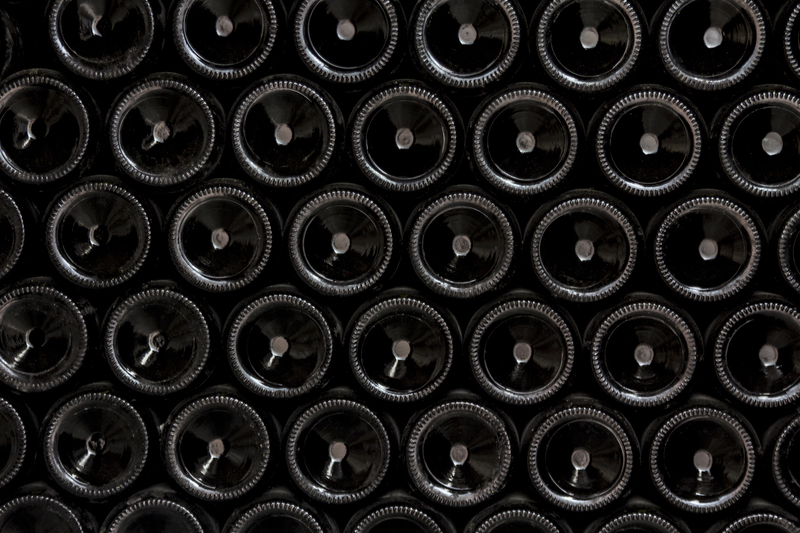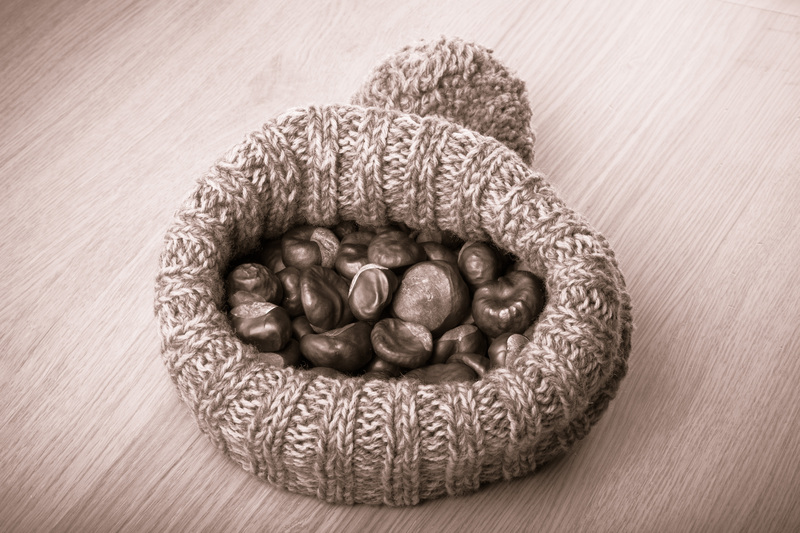The Environmental Impact of Proper Pot and Pan Disposal
Did you ever stop to think what happens to your old pots and pans after they're retired from your kitchen? Most people never consider the consequences of tossing cookware into the trash. However, responsible pot and pan disposal plays a crucial role in environmental protection. By understanding the implications of disposing of cookware improperly and taking the right steps, you can help prevent pollution, conserve resources, and contribute to a more sustainable world.

Why Proper Pot and Pan Disposal Matters
Disposing of kitchenware may seem insignificant, but the environmental impact of old cookware is surprising. Let's delve into why responsible saucepan and skillet disposal makes such a difference.
The Problem with Improper Kitchenware Disposal
- Most pots and pans are made from materials like stainless steel, aluminum, copper, Teflon, and various plastics and ceramics.
- When discarded in the trash, non-biodegradable metals and synthetic coatings can spend centuries in landfills, leaching toxins into the soil and water systems.
- Cookware with non-stick coatings (such as PTFE/Teflon) can release perfluorinated chemicals, which are hazardous to both wildlife and humans.
- Pouring heavy metals and coatings into the environment disrupts ecosystems and can enter the food chain.
- Improper disposal means missed opportunities to recycle valuable metals, leading to resource depletion and extra energy use.
The Environmental Benefits of Pot and Pan Recycling
Recycling cookware provides significant environmental advantages:
- Conservation of Resources: Metals like aluminum and stainless steel are highly recyclable. Recycling requires far less energy and water than mining and refining virgin materials.
- Waste Reduction: Diverting pans and pots from landfills cuts down on landfill space, reduces methane emissions, and prevents environmental contamination.
- Lower Greenhouse Gas Emissions: Manufacturing new metals is an energy-intensive process that produces substantial CO2 emissions. Recycling slashes these emissions, helping to fight climate change.
- Hazard Mitigation: Properly handled nonstick and coated cookware avoids the release of hazardous chemicals.
How to Properly Dispose of Old Pots and Pans
Understanding the environmental impact of cookware disposal is just the beginning. The next step is learning how to dispose of pots and pans responsibly. Here are some sustainable strategies:
1. Reuse First: Extend the Life of Your Cookware
- Even if pots and pans are past their prime in your kitchen, they might be useful elsewhere.
- Try donating gently used kitchenware to charities, food banks, schools, or thrift shops.
- Repurpose creative pans as planters, storage containers, or for craft projects if they're unsuitable for cooking.
2. Recycle Metal Cookware
- Check Local Guidelines: Many recycling centers accept metal pots and pans, but it's crucial to review your municipality's rules.
- Remove non-metal parts such as plastic handles, glass lids, or silicone components when possible, as these may not be recyclable with metals.
- Commonly recycled cookware materials:
- Stainless Steel
- Aluminum
- Copper
- Cast Iron
- Scrap metal yards will often accept old pans and pots, even if they are damaged or have lost their non-stick properties.
3. Special Considerations for Nonstick and Ceramic-Coated Cookware
- Nonstick-coated pans or ceramic cookware may require special handling due to chemical coatings.
- Contact your local waste management or recycling facility to ask about drop-off options for PTFE-coated pans.
- If recycling isn't possible, look for take-back programs from manufacturers that offer recycling services for their products.
4. Upcycling and Creative Reuse
- Old pans can be transformed into outdoor planters, bird baths, or decor for a unique touch in the garden or home.
- Artists and crafters often seek out cast offs for use in upcycling projects--consider offering your old cookware on community sharing sites.
The Lifecycle of Pots and Pans: From Manufacturing to Disposal
Understanding the full lifecycle of pots and pans illuminates their environmental footprint:
Raw Material Extraction
Mining and refining metals like aluminum and stainless steel have a significant environmental toll, including habitat destruction and pollution. The use of recycled metal in new pots drastically reduces this impact.
Manufacturing Process
Pot and pan manufacturing involves high energy use, particularly for melting metals and forming shapes. Recycled materials require much less energy compared to virgin metals.
Product Lifespan
- Durable pots, such as cast iron and stainless steel, often last for decades.
- Cheaper, nonstick pans usually need replacing more frequently, increasing environmental waste.
End-of-Life Disposal
Proper pot disposal at the end of their life ensures materials are put back to productive use, closes the recycling loop, and alleviates pressure on the planet's resources.
The Harmful Effects of Cookware Waste
Failing to manage cookware waste responsibly can cause several environmental and health concerns:
- Toxic Leachate: Discarded pots and pans in landfills can leach lead, cadmium, and perfluorinated compounds into soil and groundwater.
- Microplastic Pollution: Synthetic coatings and plastic handles break down into microplastics, contaminating ecosystems and water supplies.
- Wildlife Threats: Fragments of cookware can physically harm wildlife or introduce harmful substances into the food chain.
- Climate Change: Increased landfill use and demand for new raw materials generate more greenhouse gases, fueling global warming.
Tips for Eco-Friendly Cookware Choices
Making mindful purchasing decisions from the onset helps minimize future environmental impacts:
- Invest in high-quality, long-lasting cookware like cast iron or stainless steel that will not need frequent replacement.
- Avoid products with harmful coatings wherever possible. Opt for ceramic-coated or uncoated options.
- Support manufacturers with take-back or recycling programs for old pots and pans.
Eco-Conscious Brands and Initiatives
- Some cookware brands like GreenPan, All-Clad, and others have implemented eco-friendly manufacturing and recycling options.
- Check for certifications or sustainability promises when shopping for new pots and pans to ensure you're supporting responsible practices.
Government and Industry's Role in Pot and Pan Recycling
The Importance of Extended Producer Responsibility
Extended Producer Responsibility (EPR) policies require manufacturers to manage the entire lifecycle of their products, encouraging more sustainable design and recycling programs.
- EPR for cookware ensures that companies consider disposal and recycling when designing products, reducing landfill waste and incentivizing green innovation.
- Government regulations can boost recycling infrastructure, making it easier for consumers to access proper disposal and recycling facilities.
- Industry partnerships with scrap metal processors or recycling facilities enhance the recovery of valuable materials from old cookware.

Frequently Asked Questions about Pot and Pan Disposal
-
Can I put old pots and pans in my curbside recycling bin?
It varies by region. Many curbside programs don't accept cookware due to metal types or coatings. Always check with local authorities or recycling centers for guidelines. -
Are nonstick pans recyclable?
Nonstick pans are more challenging to recycle due to chemical coatings. Call your local facility to see if they accept these items or contact the manufacturer for recycling programs. -
What happens if I toss cookware in the trash?
It will likely end up in a landfill, contributing to environmental pollution and resource loss. Metals and chemicals may eventually contaminate local ecosystems. -
How can I tell if a pot or pan is recyclable?
Most uncoated metal pots (like stainless, aluminum, copper, cast iron) are recyclable. Items with coatings or composite materials may not be. Separate out non-metal parts before recycling.
Conclusion: Make Your Pots and Pans Count for the Environment
The environmental impact of proper pot and pan disposal is significant--and easily within your control. By understanding the consequences of improper disposal and taking simple, actionable steps to reuse, recycle, or donate your cookware, you can make a meaningful difference.
Your efforts to recycle or dispose of kitchenware responsibly help reduce pollution, save energy, and conserve the Earth's valuable resources. Plus, by choosing eco-friendly pots and pans when you buy new, you make a long-term investment in a cleaner, healthier planet.
Every saucepan, skillet, or pot counts on its journey from the kitchen to disposal. Do your part for the environment--dispose of cookware the right way and inspire others to do the same!
Further Resources on Sustainable Kitchen Practices
- U.S. EPA - How Do I Recycle?
- RecycleNation - Cookware Recycling Locator
- Earth911 - Find Local Recycling
By spreading awareness about responsible pot and pan disposal, we can all contribute to a greener, more sustainable world!